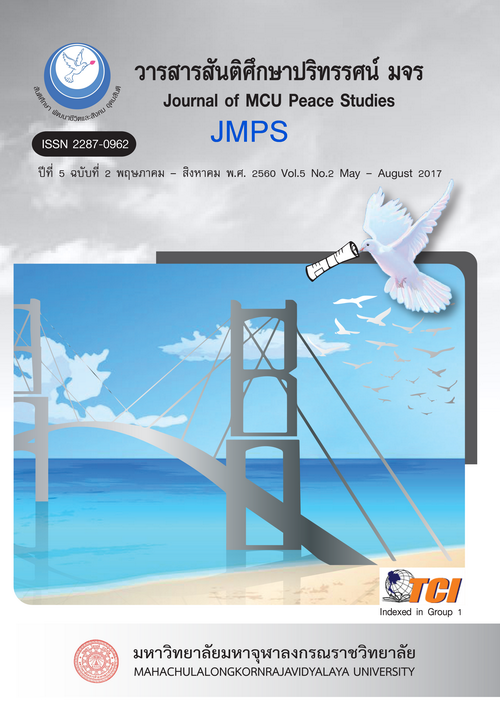The Use of Herbal Medicine by the Buddha’s Permission for Primary Health Care
Main Article Content
บทคัดย่อ
This Dissertation has three objectives: (1) to study the use of herbs allowed by Lord Buddha, (2) to study on the use of herbs in fundamental public health care, and (3) to explore the similarity in using herbs between the Lord Buddha and the fundamental public health care principles.
The research findings were presented as follows:
1) In Buddhism, the use of herbs regarding properties, doses, or route was not clearly indicatedthe Lord Buddha only allowed illness monks consume herbs for curation without breaking the monkhood disciplines.
2) In fundamental public health care, a single herb which is easy to find and safety to take is recommended for lay people Importantly, consumers must concern about using principle of herb in term of right disease, right type, right ingredient, right dose, right method, right person which must always describe in detail.
3) There are 11 herbs that have been using both in Buddhism doctrines and in fundamental public health care, including (1) ginger, (2) garlic, (3) holy basil, (4) long pepper, (5) greater galangal, (6) nut grass, (7) lemon basil, (8) heart-leaved moonseed, (9) neem tree, (10) Indian gooseberry and (11) turmeric. The eleven herbs have used both in the integrative medicine and in the fundamental public health care as food and medicines.
Article Details
ทัศนะและความคิดเห็นที่ปรากฏในบทความในวารสาร ถือเป็นความรับผิดชอบของผู้เขียนบทความนั้น และไม่ถือเป็นทัศนะและความรับผิดชอบของกองบรรณาธิการ ยินยอมว่าบทความเป็นลิขสิทธิ์ของวารสาร


